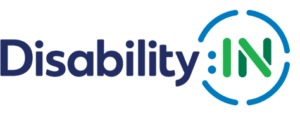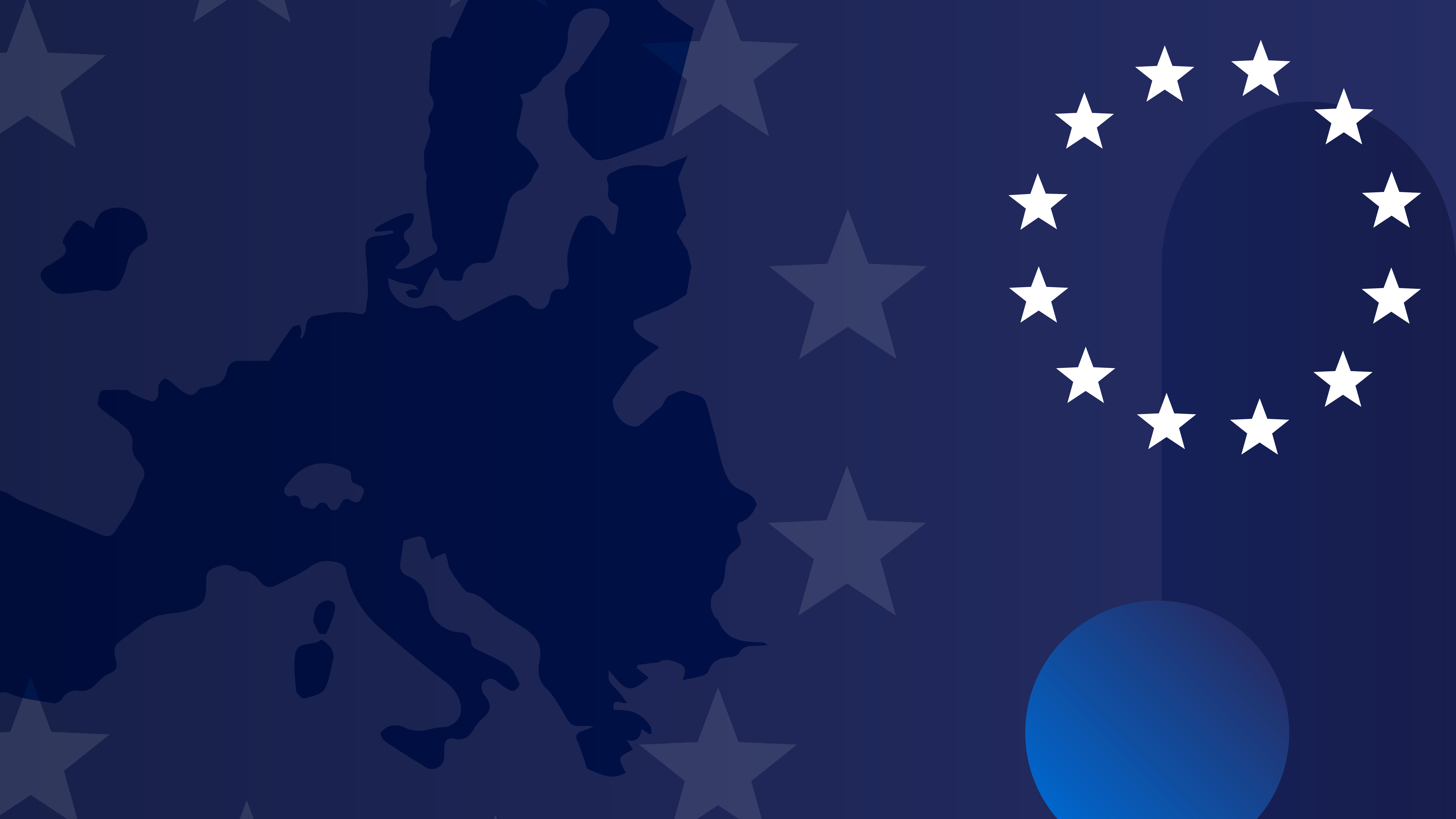“Many employers have been shown to harbor sincere yet ill-founded views about the work-related abilities of people with disabilities. These negative views are often a result of interrelated concerns that permeate the entire employment cycle,” according to research published in Journal of Business and Psychology.
Bias, bullying and negativity keep many job seekers and employees who have been diagnosed with ADHD, dyslexia, depression, treated addiction or chronic pain tightly guarding their personal health details.
“We are largely ashamed of our experiences and it has taken a lot of time to realize that the majority of events related to my mental health were out of my control,” says James Winston, a Ph.D. candidate in psychology and a new dad, who struggled for years to find stability and is now thriving thanks to an understanding of his mental health diagnoses. Shame of the kind Winston felt can make even the most conventional conversations feel like walking a tightrope. Hiding takes energy and is all-absorbing, leading to insecurity and lack of confidence. Winston learned it’s easier and more productive to live life in the open.
To successfully drop the shame and confront bias means acknowledging that bias is embedded in corporate systems and that progress is mostly made by as many people as possible returning over and again, to chip away at the problem.
For people with disabilities, the trick is to learn to rebel against an unfair system without losing an opportunity to share your talent, as Winston did. Here’s a new approach:
Manage Your Feelings
Job hunting in general comes down to learning to manage your feelings and being open to feedback. Even people you don’t agree with—at all—can provide you with insight. Management consultant Peter Drucker dubbed this strategy the Manage Oneself mindset. It can be the difference between success and failure in the market.
It’s true, companies have created inclusive hiring policies and guidelines that have helped thousands of people get jobs. Through inclusion programs led by Disability:IN, for example, companies have made an estimated 25,000 new hires of disabled individuals since 2014. But even the best training can seem vague and tough to follow, which makes hiring managers anxious. Despite all the good intentions of company leaders, embedded resistance to inclusion practices has been catastrophic for people who are neurodiverse. Employment rates for people with disabilities are improving, but they are still half of the number of people without disabilities.



